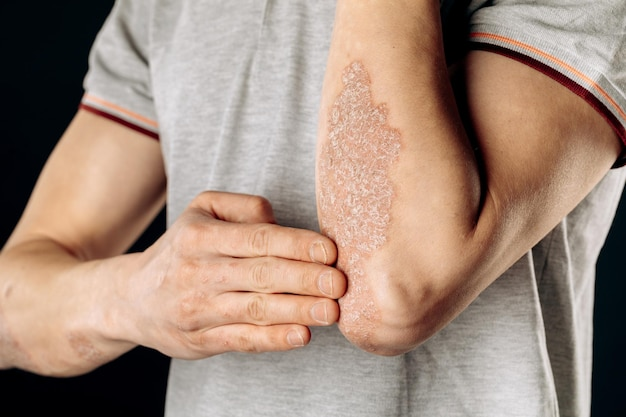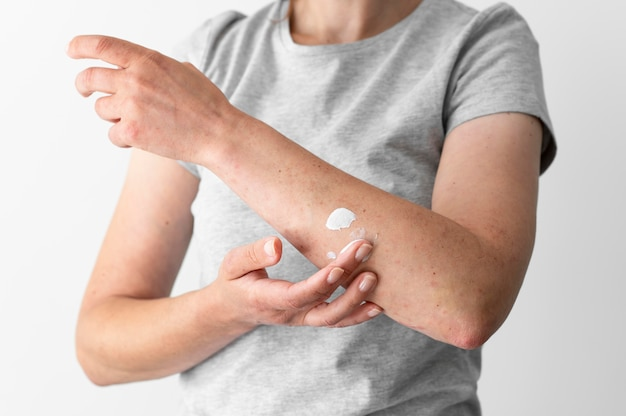17/05/2023
ByWinner Medical
 1721
1721


Do you realize that a few of the most popular wound treatment procedures may possibly be delaying your healing? Wounds and injuries are a typical incidence of daily life. It can be a tiny cut or a severe burn, both of which require immediate attention. Although wound occurrences happen frequently, we tend to treat them incorrectly as we need to be made aware of managing them appropriately. Let's dispel ten common misconceptions about wound care solutions that you might have previously accepted as a fact.
Myth #1: Minor wound does not need wound care as it heals naturally and quickly.
Each wound requires care, however seemingly minor they are. If they are not properly treated, they may get infectious. The site of injury needs to be thoroughly cleansed and covered with a sterile dressing to prevent bacteria from entering the wound.
Myth # 2: Wounds should be cleaned with hydrogen peroxide or alcohol.
Alcohol and hydrogen peroxide both have the potential to harm healthy skin tissues and slow down the recovery of wounds. Rinse the wound with a solution of sodium chloride or water and gentle soap.
Myth #3: Bandages or dressings should be left on for several days at a time.
The dressing must be replaced on a regular basis, ideally every 24 to 48 hours. An excessive amount of dressing wear might promote the growth of bacteria and slow the course of recovery.
Myth # 4: Wounds need to "breathe" to heal appropriately.
It's an erroneous belief that wounds need to breathe in order to heal. However, exposure may lead to infection, even festering if not treated properly. A sterile dressing is advised to be placed over the wound to maintain moisture and prevent infection. Also, when it comes to the selection of dressing, the alginate dressing does not just have high absorbency, but is clean and leaves no residues when removed, even mitigates the pain and discomfort, thus aiding in healing significantly.

Myth # 5: Wounds prefer a dry environment to heal faster.
An environment that is wet promotes wound healing. Dry conditions can lead to the development of scabs, which can slow healing and raise the possibility of scarring.

Myth # 6: A topical antibiotic cream improves wound healing.
Topical antibiotics can become resistant to use, rendering them useless when they are actually required. Take topical antibiotics only as directed by the doctor.
Myth # 7: Scab that forms on a wound should be removed to accelerate the healing.
Infection and scarring may result from scraping the scab, which can lead to the wound reopening. Let the scab naturally peel off.

Myth # 8: Saltwater helps to cleanse and heal a wound.
Although saltwater can be utilized for disinfecting the wound, it can also irritate and make the area dry. Therefore, use an alternative of gentle soap and water.
Myth # 9: Wounds itch when healing.
When a wound is recuperating, it may itch, but touching the area of injury could worsen it and delay recovery.
Myth # 10: The better the wound care, the smaller the scar.
The level and dimension of the wound, in addition to hereditary and other variables, all affect how big a scar will be. The likelihood of scarring can be decreased, though, with good wound treatment.
Hence, a wound must be properly cared for to heal quickly, effectively, and without consequences like infection and scarring. To promote quick and complete healing, we must educate ourselves with the correct information about wound care solutions and make use of the advanced wound dressings available.
Winner Medical provides a selection of innovative wound treatment solutions that are intended to encourage quick and efficient healing. With wide selections of dressings for any wound care requirement, including alginate dressing, silicone foam dressing, hydrocolloid and silver ions, we are dedicated to offering advanced, cost-effective wound care treatments built from high-quality treatments around the world.